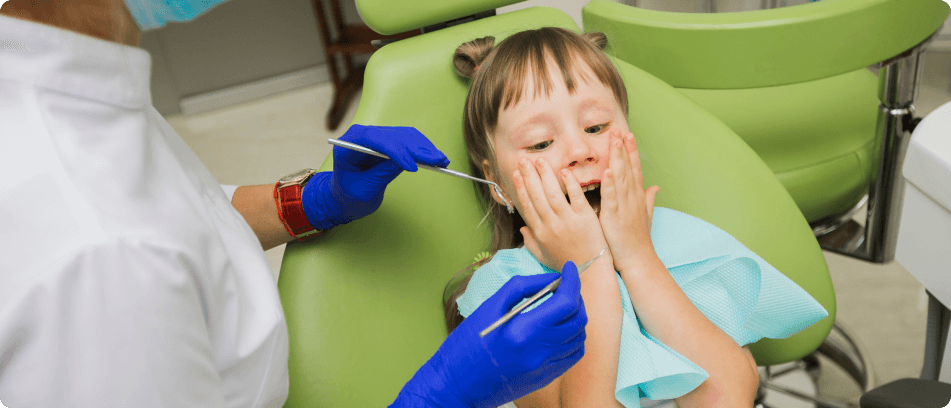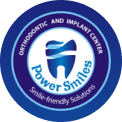Childhood Tooth Decay, A Rising Concern

Early Signs and Process of Tooth Decay in Children
Plaque is the initiation stage of childhood dental caries in children. With children feeding on sugars and starch residues remaining in the mouth without rinsing, they produce acids that attack the enamel. Over time, the acids can weaken the enamel and create tiny holes in the tooth. These holes are called cavities.
Do you know what is usually inside our mouths? Our mouth is a breeding ground for various bacteria, both good and bad, located in the nooks and crannies of our mouth, like teeth, gums, tongue, and other places within.
Usually, when food particles, especially sugar-filled food, stay in our mouth for a long time, these bacteria feed on it and create a hole in the tooth where the particle was present. So, this is what happens during the early signs of tooth decay in children:
- White spots on the teeth
- Brown or black stains
- Sensitivity to high hot or cold solid food and drinks like soup or chilled juice
- Bad breath due to bacteria build up
- Toothaches due to brittle teeth

Causes of childhood dental caries
In children, childhood dental caries is easily affected with the present lifestyle. However, with increased awareness, parents can identify the causes and prevent further damage. Some factors can contribute to tooth decay in children, including:
- Poor maintenance of oral hygiene is common among infants and kids, as they hesitate to follow it diligently, as they do not have the capacity to envisage the consequences. If they do not brush their teeth twice daily, and floss, it is considered unhygienic.
- Following a diet with lots of processed foods, consuming sugary and starch-rich foods and beverages and piling up harmful bacteria around the teeth, leading to caries in children.
- Due to genetic factors, some children may be prone to tooth decay, more than others.
- Due to medications, the child may produce less saliva, increasing the risk of cavities.
- Using a fluoride deficit or toothpaste also results in cavities.

Seeking Help from the Best Pediatric Dentist
Ensure that your children follow dental hygiene diligently, under your guidance to avoid cavities and other oral problems. While observing your children, look for signs of early childhood cavities, as it may be hard to notice, and if you see a discoloration on the teeth, it is important to visit the dentist for a checkup immediately, to avoid the cavities from spreading. A pediatric dentist can diagnose tooth decay accurately and accordingly recommend the best step forward to treat it.
Early childhood caries treatment is an ideal option to ward off such problems as it is crucial to prevent further aggravating the problem. With simple procedures like fluoride treatments or other non-invasive therapies, your dentist may be able to reverse the damage caused by tooth decay. However, if the decay has progressed to a cavity or till the roots, a filling or an RCT may be necessary.
Tips to Keep Childhood Tooth Decay in Check
- Brushing teeth twice a day with a fluoride infused toothpaste
- Flossing daily once
- Keeping a check processed, sugary and starchy foods and beverages
- By staying hydrated
- Dental visits to your pediatric dental clinic once every six months or a year

